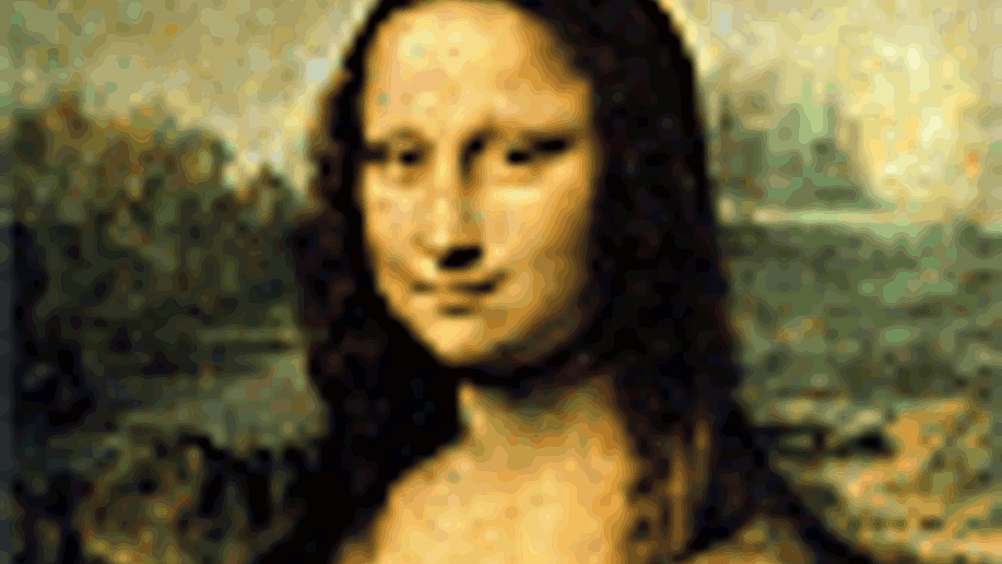Scanning Mona Lisa’s smile

Two research organisations have published the results of the most thorough scientific study carried out to date of Leonardo da Vinci's portrait of the Mona Lisa.
By request of Centre de Recherche et de Restauration des Musées de France (C2RMF), researchers from the National Research Council of Canada (NRC) travelled to Paris to scan the picture. They used NRC's sophisticated 3D scanner, capable of scanning 3D images at a depth resolution of 10 micrometres. It provided a number of unique views of the portrait that will assist curators and conservators in their ongoing studies of the 500-year-old masterpiece.
‘The 3D scan of the Mona Lisa has not only helped to further our understanding of Leonardo's sfumato technique of soft, heavily shaded modelling, but will also help to address the conservation and deterioration concerns we have,’ said Henri Loyrette, Director of the Musée du Louvre which commissioned the studies.
The research found the wood panel on which the Mona Lisa is painted is sensitive to temperature and climate variations. However, if its current storage conditions are maintained, there is no risk of degradation.
Register now to continue reading
Thanks for visiting The Engineer. You’ve now reached your monthly limit of news stories. Register for free to unlock unlimited access to all of our news coverage, as well as premium content including opinion, in-depth features and special reports.
Benefits of registering
-
In-depth insights and coverage of key emerging trends
-
Unrestricted access to special reports throughout the year
-
Daily technology news delivered straight to your inbox










BEAS funding available to help businesses cut energy costs
And not a moment too soon, if the following exchange broadcast last Friday 13th June, on the Radio 4 ´Rare Earth´ program (link below, ~ 17 minutes...